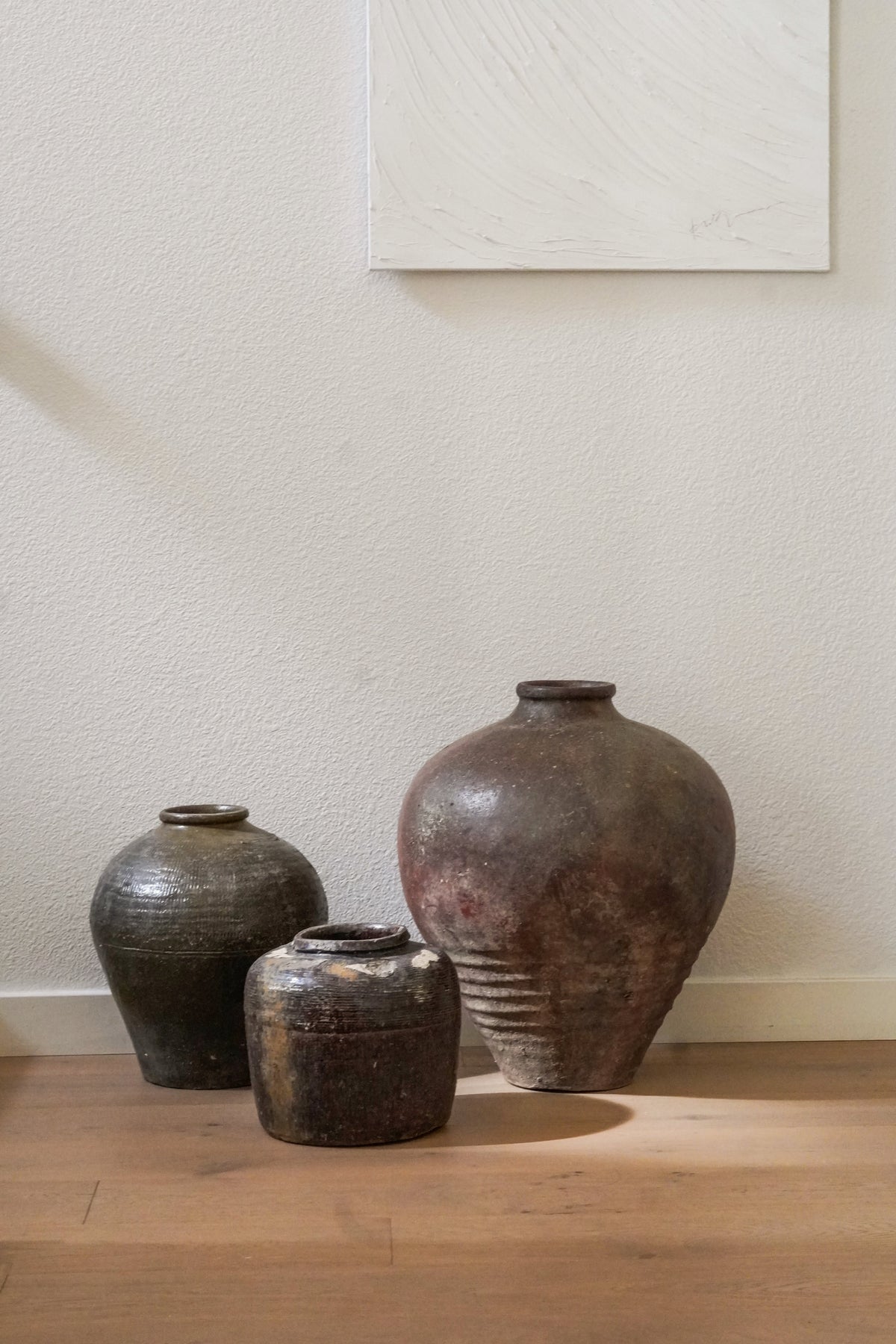In the realm of dining and kitchenware, the materials used to craft our plates, bowls, and cups are more than just a matter of aesthetic preference. They play a significant role in the health and safety of our daily meals. Among the plethora of options, porcelain and ceramic are two of the most popular choices for tableware. While both materials have their merits, recent studies and expert opinions suggest that porcelain tableware may offer superior health benefits compared to its ceramic counterparts. This article delves into the reasons why porcelain is considered a healthier choice for tableware.
Non-Porous Nature
Porcelain, known for its refined quality and durability, is crafted at higher temperatures than ceramic. This high-temperature firing process results in a vitrified material that is non-porous and denser. The non-porous nature of porcelain means that it absorbs less moisture, bacteria, and odors, making it more hygienic. This is particularly important for tableware, as it comes into direct contact with the food we consume.
Lead and Cadmium Free
A significant health advantage of porcelain tableware is its composition. High-quality porcelain is typically made without the use of harmful lead and cadmium, metals that are often found in the glazes of lower quality ceramics. These toxic elements can leach into food, especially when the tableware is used to serve acidic foods or heated in a microwave. Prolonged exposure to lead and cadmium can lead to serious health issues, including kidney damage and neurological problems. By choosing porcelain, consumers can minimize the risk of exposure to these harmful elements.
Durability and Longevity
Porcelain's strength and durability are not just beneficial for its longevity but also contribute to its health benefits. Durable tableware is less likely to chip or crack. Chips and cracks in tableware can harbor bacteria and other pathogens, posing a health risk. Since porcelain is more resistant to chipping and cracking than ceramic, it maintains a smoother, cleaner surface that is easier to sanitize and less likely to become a breeding ground for bacteria.
Chemical Stability
Porcelain's chemical stability is another factor that contributes to its health benefits. It is less reactive with acidic or alkaline foods, ensuring that no unwanted chemical reactions occur during meals. This stability helps in preserving the purity and taste of food, without the risk of chemical leaching that can occur with some ceramic tableware.
Aesthetics and Well-Being
While not directly related to physical health, the aesthetic appeal of porcelain tableware can enhance the overall dining experience. The bright, white surface of porcelain can make food look more appetizing, and its elegant appearance can elevate the mood at the dining table. A pleasant dining environment not only contributes to mental well-being but can also encourage healthier eating habits.
Conclusion
When it comes to choosing tableware, the health implications are as important as the design and aesthetic appeal. Porcelain tableware, with its non-porous surface, absence of harmful lead and cadmium, durability, chemical stability, and aesthetic appeal, offers a compelling array of health benefits over ceramic options. By opting for high-quality porcelain, consumers can enjoy their meals with an added layer of safety and hygiene, contributing to a healthier lifestyle.





